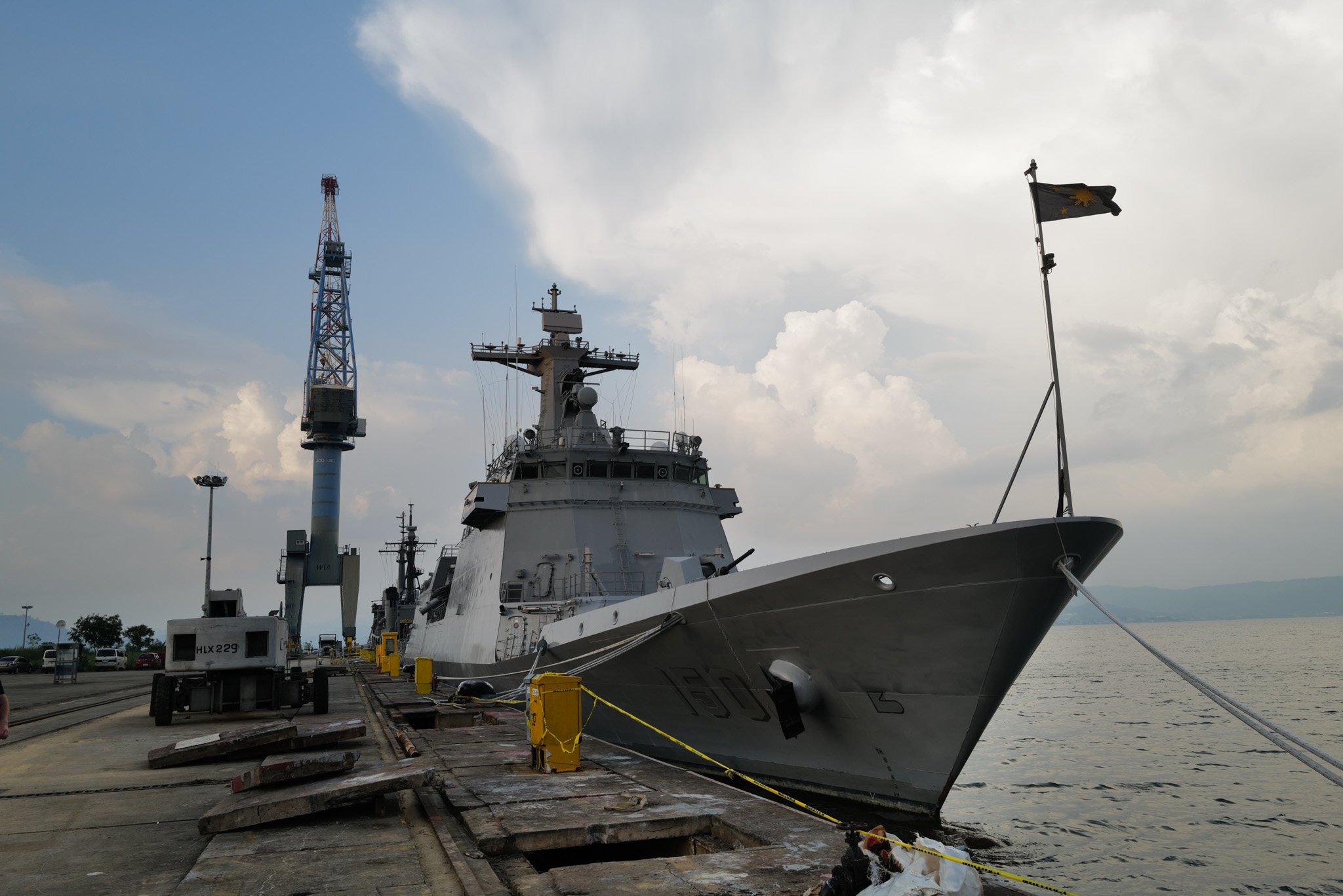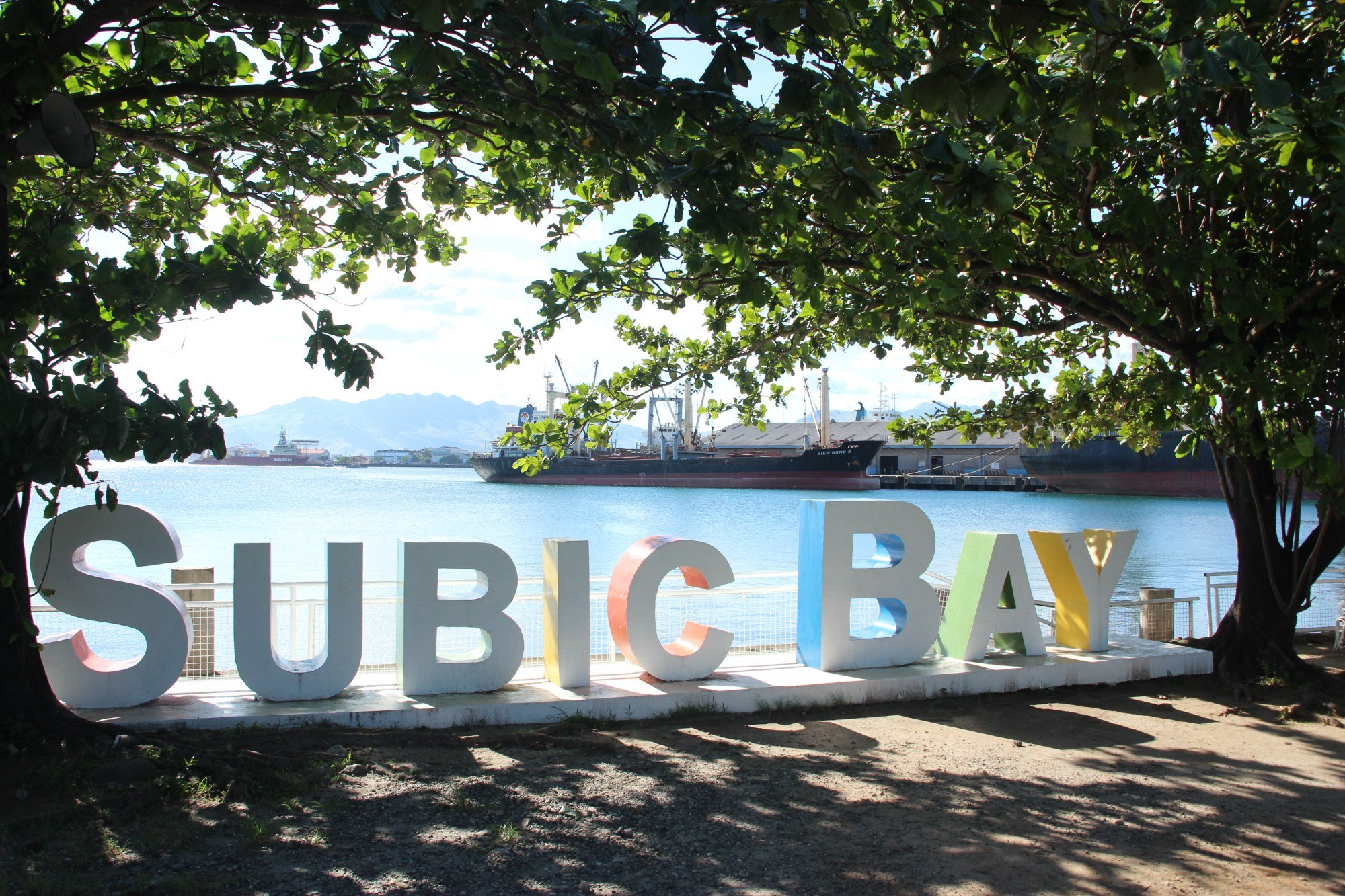‘We’ll have everything’: US, Philippines confirm munitions hub for Subic Bay
Philippine Vice-President Sara Duterte has vehemently opposed the move as not being in Manila’s national interest

A new ammunition manufacturing hub in the Philippines, funded by the United States and intended for joint use by American and Filipino forces, has already been quietly approved, President Ferdinand Marcos Jnr revealed during a visit to Washington this week.
The Philippine leader told reporters after his meeting with US President Donald Trump at the White House that the plan for the facility had been agreed upon “almost a year ago”.
Marcos added that the move aligned with Manila’s long-standing ambitions, saying on Tuesday: “The manufacture of ammunition is something the Philippine government had long wanted to do even without outside help. [The US] offered to help, so we will do that.”
The facility is set to be built beside Subic Bay, where a former US naval base north of Manila once housed the largest American military installation in Asia before it was closed in the early 1990s and converted into a free port.
The revelation confirms that the project – seen by both sides as a keystone of defence and economic cooperation – has advanced beyond preliminary discussion. However, it has already stirred domestic political opposition, most notably from Marcos’ own deputy and estranged political rival.
A day earlier, Vice-President Sara Duterte-Carpio urged Filipinos to reject the project after Jose Manuel Romualdez, Philippine ambassador to Washington and a cousin of Marcos, touted it as a “good way of being able to help a combination of both defence and economic cooperation”.
“It shouldn’t be just me who’s against it,” Duterte-Carpio told GMA News. “All of us Filipinos should be against this plan, because our actions should be for the interest of our country, not for the interest of other countries.”
Trump, for his part, highlighted the project as part of his broader push to expand US munitions production. “We need ammunition,” he said at the joint press conference on Tuesday. “We’re going to end up in a few months [with] more ammunition than any country has ever had … It’s very important to me.
“We’re going to have all the speedy missiles, we’ll have the speedy ones, the slow ones, the accurate ones, the ones that are slightly less accurate. We have everything.”
Philippine Defence Secretary Gilberto Teodoro Jnr explained during a press briefing following the White House meeting that the planned facility would be funded by the US Congress but under “a foreign direct investment concept”.
“We can envision a private entity going about it on a commercial basis, so that they can hire people on a commercial basis. Depending on the scale, initially about 200 to 300 people, highly technical people, [will be hired],” he said.
Unhandled type: inline-plus-widget {“type”:”inline-plus-widget”}
Teodoro also argued this would generate “downstream industries” and reinvigorate Subic. The sprawling former naval base was once America’s biggest in Asia. It was turned into a free port which has yet to reach its full economic potential, following its abandonment by the US in 1992 after the Philippine Senate rejected what it considered a low offer from the Americans for its continued use.
Teodoro indicated that the planned hub could help address a worldwide shortage of ammunition “of all calibres, whether direct fire or indirect fire”.
“It will increase our trade flows. So, that is an example of a US government-sponsored foreign direct investment to help our people and our self-reliance too.”
Addressing shortages
The urgency behind the project stems from logistical concerns facing both countries. In June, the US House Committee on Appropriations’ defence subcommittee ordered the Pentagon to conduct a feasibility study on a joint ammunition manufacturing and storage facility at Subic Bay. The plant would allow forward staging of critical supplies, including nitrocellulose, nitroglycerine and acids.
The directive came amid growing concern in Washington about the ageing state of its arms production facilities. At a 2022 hearing before the US House Armed Services Committee, several ammunition manufacturers testified that many of their plants dated back to the second world war and were in dire need of upgrades.

The Philippines has also grappled with the consequences of insufficient domestic production. In 2024, lawmakers passed the Self-Reliant Defence Posture Revitalisation Act to address the country’s heavy reliance on imported munitions.
Philippine Senator Jinggoy Estrada, chair of the Senate defence committee, cited 2022 figures showing that ammunition made up the bulk of US$305 million in military imports. Former Senate president Miguel Zubiri, who co-sponsored the measure, recalled how, during the 2017 siege of Marawi in which government forces battled militants affiliated with Islamic State, “after two weeks of fighting we ran out of bullets for the mortar, the howitzer”.
“Then president [Rodrigo] Duterte had to go to other countries begging,” Zubiri said. “That was quite an opener.”
The Subic hub would mark the first major infrastructure project under the proposed Luzon Economic Corridor – a strategic development belt aimed at boosting industry and connectivity in the northern Philippines.